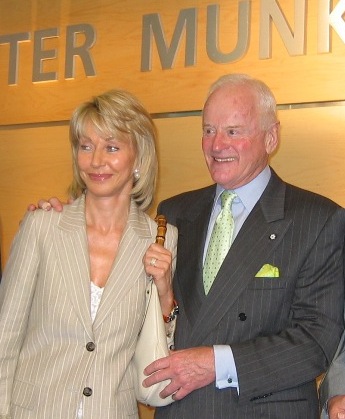Freighting that ties up the air lanes with ice and water routes is a big job
BILL COOK, transportation executive at the Red Lake base, said, “If you’re all set, let’s get going.” The mechanic cast off from the dock. The pilot gunned the motor. The ship taxied out into clear water, nosed into the wind, raced over the choppy surface, stepped into the air.
Behind us the town of Red Lake faded toward the northern horizon a town of 900 people who live in virtually the same circumstances of creature comfort as may be found in Aurora or Orillia, excepting the absence of railroads or motor highways. Back in Red Lake, nattily uniformed waitresses were spreading white damask and spotless silver on the tables in the hotel dining room; guests were debating politics and the stock market in deep armchairs in the lobby.
Around the streets youngsters were wondering if this Infantry Paralelasis, or whatever it is, would mean longer holidays, the way it did in Toronto. Their mothers were plugging electric-iron cords into wall sockets, buying steaks down at the shops along the Main Street sidewalk, talking bridge, tennis, plans for the coming badminton season with their neighbors.























